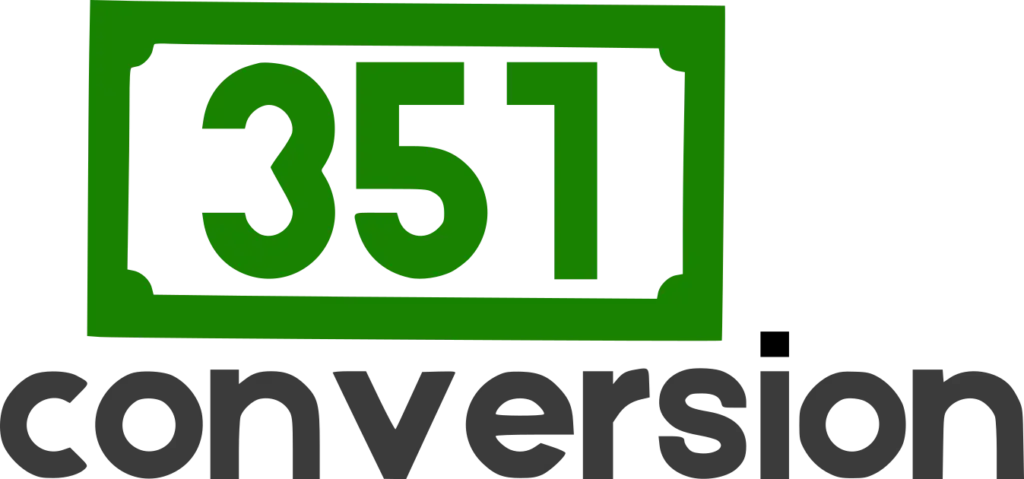A 351 exchange, under Section 351 of the Internal Revenue Code, allows for tax-free transfers of assets into an investment company, such as an ETF. While this structure offers significant tax advantages, navigating a 351 conversion requires careful planning to avoid common pitfalls.
Key Challenges in a 351 Exchange
Diversification Requirements: To qualify as a tax-free exchange under Section 351(a), the portfolio must be diversified. No single holding can exceed 25% of its value, and the top five holdings combined cannot exceed 50%. Investors often miscalculate this test, especially when considering look-through rules for holdings in ETFs. Sudden market shifts can unexpectedly push a portfolio over the diversification limit, jeopardizing tax benefits.
Eligible Assets for a 351 Conversion: Not all assets qualify for inclusion in a 351 exchange. Mutual funds, alternative investments, commodities, and cryptocurrencies are typically not accepted. Assets must also align with the ETF’s prospectus and strategy, requiring a thorough evaluation under both tax law and securities regulations.
Control Requirement: For the transaction to remain tax-free, contributors must retain at least 80% of voting power and total shares immediately after the exchange. If prearranged sales transfer ownership to a third party outside the control group, the 351 exchange could fail, triggering unexpected tax consequences.
Recordkeeping & Basis Management: Although tax-free at the time of transfer, maintaining accurate cost-basis records is essential. Both the ETF and its investors inherit a carryover basis and holding period from transferred assets. Documentary errors can result in incorrect tax reporting when investors sell ETF shares later.
Logistical Coordination: A successful 351 exchange requires collaboration among advisors, custodians, ETF sponsors, and legal counsel. In-kind transfers—especially when involving multiple custodians—can be time-consuming and require extensive coordination.
Handling Different Types of Transferors: Entities such as LLCs, trusts, and C corporations present additional complexities in a 351 exchange. Some ERISA accounts may require assets to be converted into cash before contribution unless an exemption is obtained.
Economic Substance & Compliance Risks: For an exchange to be valid, it must have an economic purpose beyond tax benefits. Additionally, custodian errors—such as misreporting a 351 exchange as a taxable sale on Form 1099—can trigger IRS audits. Compliance with regulations like Rule 17a-7 under the Investment Company Act of 1940 is also necessary if affiliated persons are involved.
Expert Guidance is Essential: Due to the complexities, expert tax and securities counsel should guide the process. Whether structuring an ETF conversion or mitigating potential tax issues, meticulous planning is necessary to ensure compliance and preserve tax advantages.



